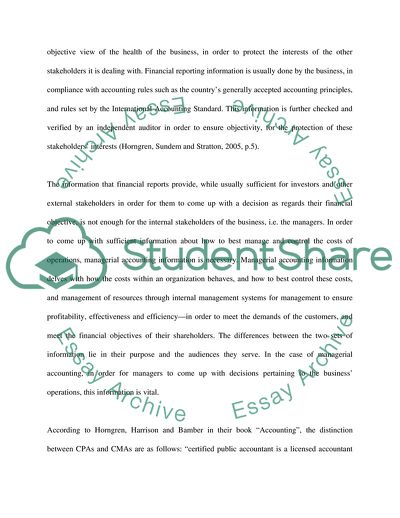Cite this document
(The Different Users of Accounting Information Report Example | Topics and Well Written Essays - 2250 words - 2, n.d.)
The Different Users of Accounting Information Report Example | Topics and Well Written Essays - 2250 words - 2. https://studentshare.org/finance-accounting/1720002-accounting
The Different Users of Accounting Information Report Example | Topics and Well Written Essays - 2250 words - 2. https://studentshare.org/finance-accounting/1720002-accounting
(The Different Users of Accounting Information Report Example | Topics and Well Written Essays - 2250 Words - 2)
The Different Users of Accounting Information Report Example | Topics and Well Written Essays - 2250 Words - 2. https://studentshare.org/finance-accounting/1720002-accounting.
The Different Users of Accounting Information Report Example | Topics and Well Written Essays - 2250 Words - 2. https://studentshare.org/finance-accounting/1720002-accounting.
“The Different Users of Accounting Information Report Example | Topics and Well Written Essays - 2250 Words - 2”. https://studentshare.org/finance-accounting/1720002-accounting.


